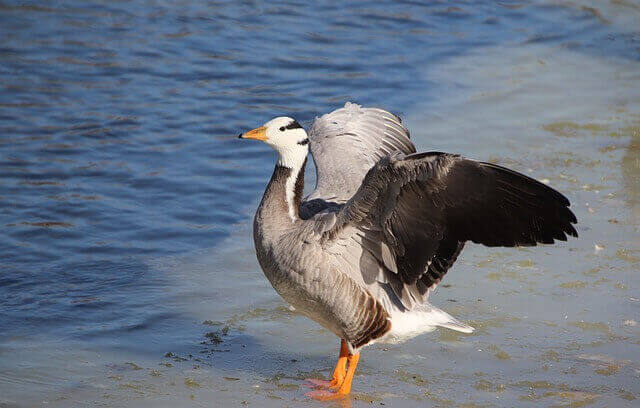If you are looking for birds that fly high altitudes, this article is for you. This list will show you the top 10 highest flying birds in the world today. There are a lot of different factors that come into play when determining how high a bird can fly.
They include their body size, wing shape and structure, skeletal strength, muscle mass and amount of air they take in during flight. The birds on this list are ranked according to their maximum height in flight.
Table of Contents
- 1 Highest Flying Birds In The World
- 1.1 Ruppell’s Griffon Vulture – 37,100 Feet
- 1.2 Common Crane – 33,000 Feet
- 1.3 Bar-headed Goose – 27,825 Feet
- 1.4 Whooper Swan – 27,000 Feet
- 1.5 Alpine Chough – 26,500 Feet
- 1.6 Bearded Vulture – 24,000 Feet
- 1.7 Andean Condor – 21,300 Feet
- 1.8 Mallard Duck – 21,000 Feet
- 1.9 Bar-tailed Godwit – 20,000 Feet
- 1.10 White Stork – 16,000 Feet
- 2 Author
Highest Flying Birds In The World
Ruppell’s Griffon Vulture – 37,100 Feet

The Ruppell’s Griffon Vulture has the highest maximum flight height of any bird, reaching altitudes of 33,100 feet. These vultures are able to travel such great heights by taking advantage of air currents and wind patterns.
They use these winds to soar for hours on end without having to flap their wings. This makes them some of the most efficient flyers in the animal kingdom.
Common Crane – 33,000 Feet

The Common Crane, which is also referred to as the Eurasian Crane, can typically be found in parts of Europe, Asia and North Africa. This large bird has a wingspan that ranges from 5.5 to 7.9 feet, and it can weigh anywhere from 7 to 13 pounds.
What you may not know is that the Common Crane is capable of reaching maximum altitudes of 33,000 feet. That’s higher than Mount Everest!
Related Post: 60 Interesting Facts About Common Cranes (Detailed)
Bar-headed Goose – 27,825 Feet
The bar-headed goose is a large waterfowl that can be found in parts of Europe, Asia, and North America. These birds have adapted to flying in high altitudes, and have been known to fly at altitudes up to 27,825 feet.
The bar-headed goose has a number of adaptations that allow it to fly in these high altitudes, including a specially adapted respiratory system that allows the bird to get more oxygen from the air.
Whooper Swan – 27,000 Feet
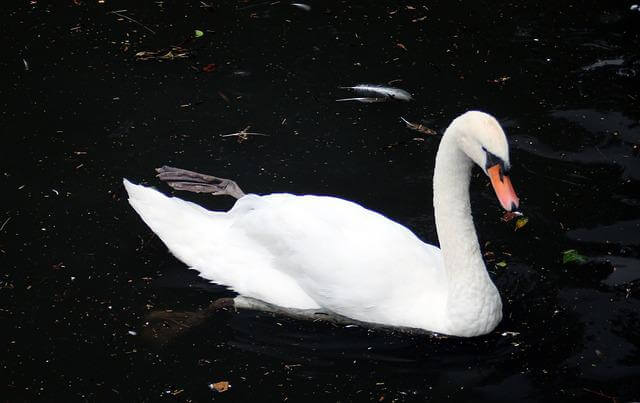
The Whooper Swan is a large waterfowl that is found in the Northern Hemisphere. These birds are known for their large size and impressive flying abilities. The Whooper Swan can fly at altitudes up to 27,000 Feet, making it one of the highest flying bird species in the world.
The Whooper Swan is a strong flier and can travel long distances quickly. This bird is also capable of flying in bad weather conditions and can navigate through difficult terrain, and they have been known to migrate up to 2,500 Miles in a single season.
Related Post: Can Birds Fly Across The Ocean? (The Great Migration!)
Alpine Chough – 26,500 Feet
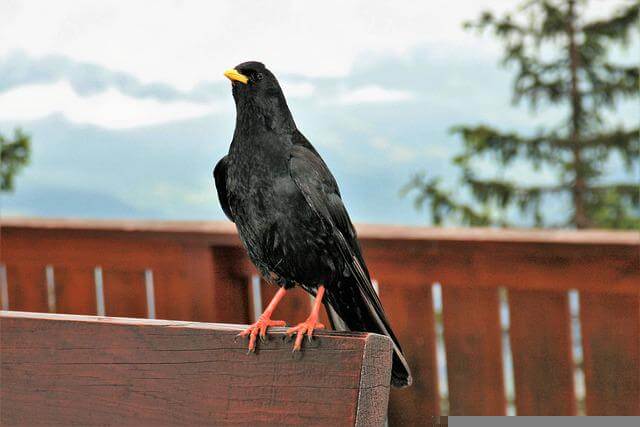
The Alpine Chough is a type of bird that is found in the mountains of Europe. These birds have a maximum flight height of 26,500 feet, and they are known for their intelligence and playful behavior.
Alpine Choughs are able to fly at high altitudes, and they often use this capability to search for food. These birds are also able to land on steep cliffs without difficulty, which makes them well-adapted to the mountainous environment.
Bearded Vulture – 24,000 Feet
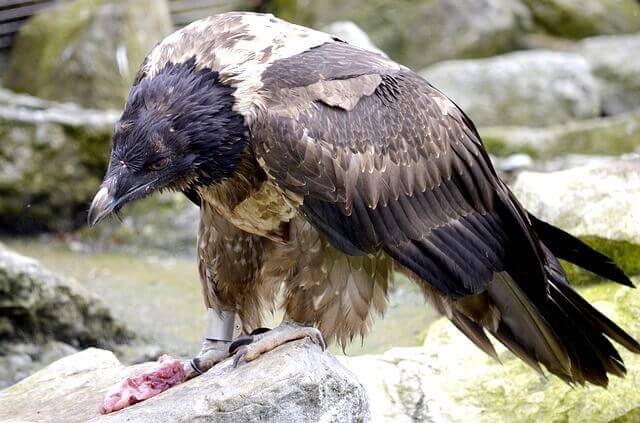
The Bearded Vulture is one of the world’s highest flying bird, capable of reaching altitudes up to 24,000 feet. These birds can fly for hours at a time, soaring on the thermals to great heights. They are able to fly so high because they have a specially adapted circulatory system that helps them cope with the low oxygen levels at high altitudes.
They use their keen eyesight and powerful wings to scan the landscape for food. Bearded Vultures are scavengers, feeding on the carcasses of animals that have died from natural causes.
Andean Condor – 21,300 Feet
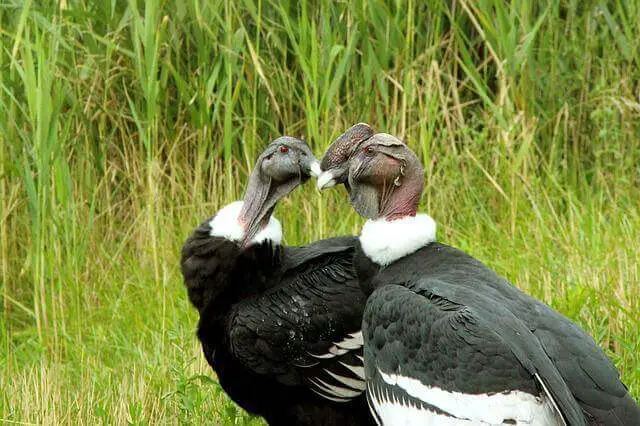
Andean Condors are the largest flying birds in the world. They have a wingspan of up to 10 feet and can weigh up to 33 pounds. These magnificent creatures can fly at altitudes up to 21,300 feet and typically cruise at around 16,000 feet.
They use their keen eyesight and powerful wings to search for food such as carrion or small animals. Andean Condors are monogamous and mate for life. The female lays one egg at a time, and both parents share the responsibility of incubating the egg and raising the chick.
Related Post: 18 Facts About The Andean Condor That Will Shock You
Mallard Duck – 21,000 Feet
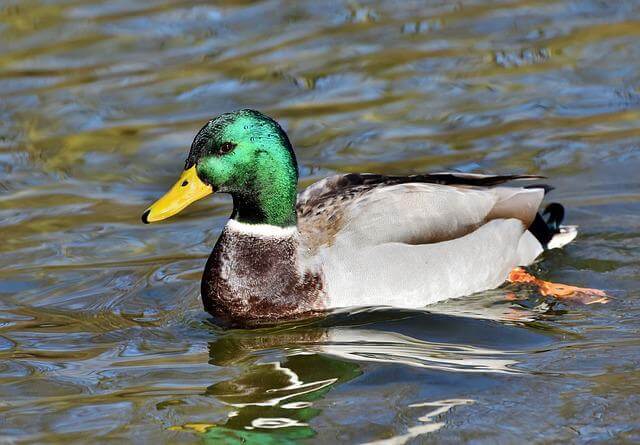
Mallards are the most common duck in North America and can be found in many different habitats. Mallards are able to fly at high altitudes, reaching heights up to 21,000 feet.
They have a number of adaptations that allow them to fly at high altitudes, including a large breast muscle that helps them generate power for flying, and pointed wings that help them stay aloft. Mallards also have a high tolerance for cold weather, which allows them to fly in colder climates.
Related Post: 23 Fun Facts About Ducks (with Photos, ID & Information)
Bar-tailed Godwit – 20,000 Feet
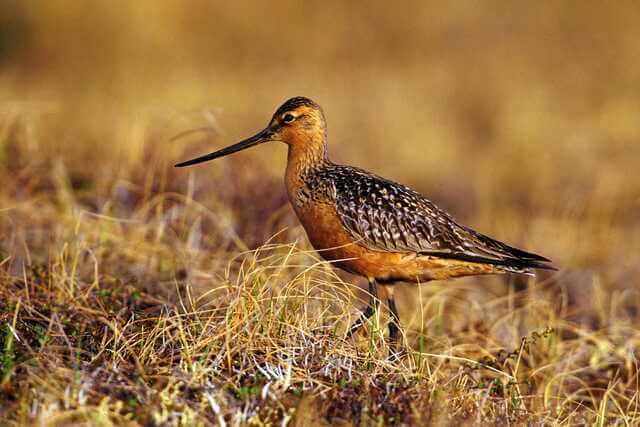
The Bar-tailed Godwit is a migratory bird that can fly at high altitudes, up to 20,000 feet. They are known for their long-distance flights, and have been documented flying from Alaska to New Zealand nonstop. The bar-tailed godwit has a number of adaptations that allow it to fly at high altitudes, including a long tail that helps them stay stable in the air and large wingspans that provide lift.
They also have dense bones and muscles that help them stay warm in the cold air and efficient respiratory systems that allow them to take in enough oxygen at high altitudes.
White Stork – 16,000 Feet
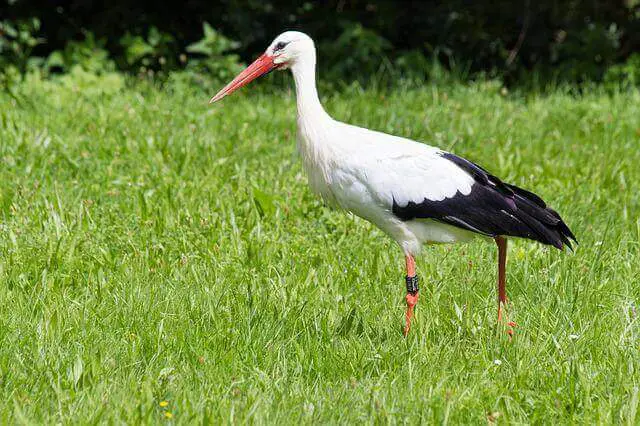
The White Stork is a large, long-legged wading bird that is found throughout Europe and parts of Asia. These birds are known for their long migrations, and can fly at altitudes up to 20,000 feet. White Storks use their keen eyesight and strong wings to navigate their way through the sky, and can travel long distances while in flight.
They are also able to soar on thermals, which allows them to stay in the air for extended periods of time. There are monogamous birds, and both the male and female take care of the young. These birds feed primarily on small animals such as rodents, snakes, turtles and frogs.


